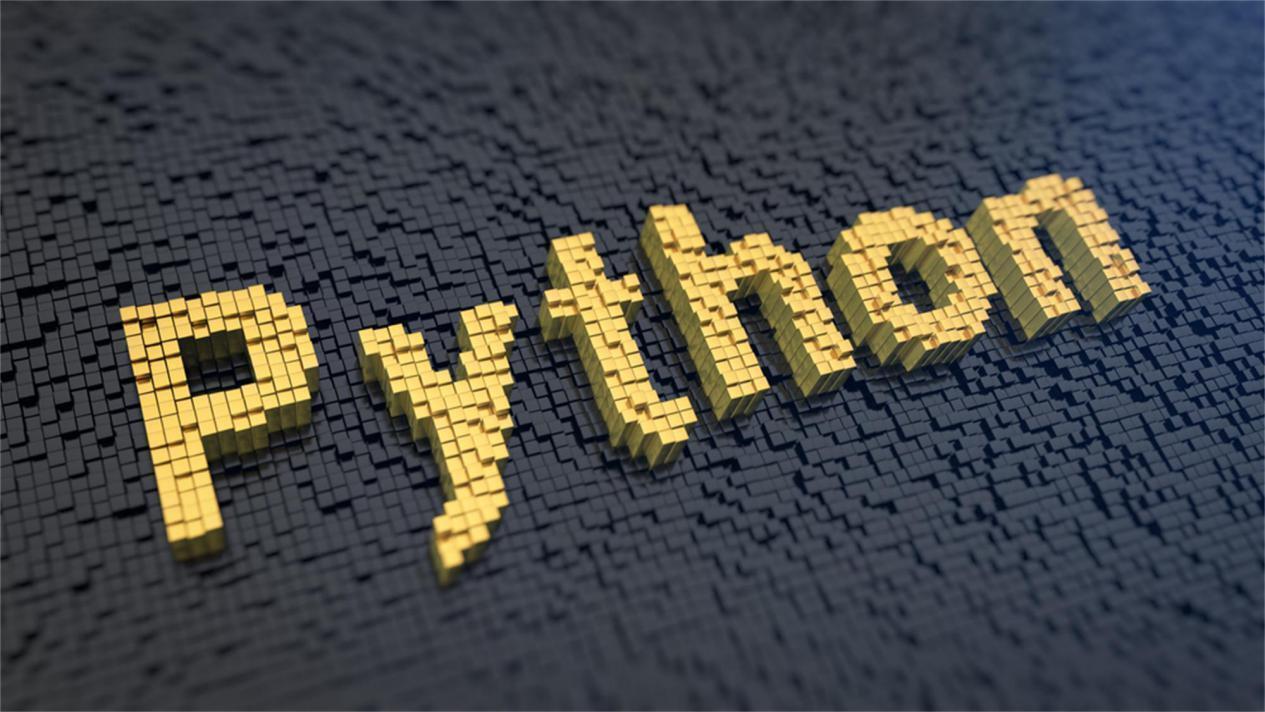1
Django 之模板篇
发布于: 2021 年 05 月 29 日

模板系统
用到的代码会放在文末
模板:一组相同或者相似的页面,在需要个性化的地方进行留白,需要的时候只是用数据填充就可以使用
步骤:
在 settings 中进行设置: TEMPLATES
在 templates 文件夹下编写模板并调用
模板-变量
变量的表示方法;{{var_name}}
在系统调用模板的时候,会用相应的数据查找相应的变量名称,如果能找到,则填充,或者叫渲染,否则,跳过
案例
two.html
<!DOCTYPE html><html lang="en"><head> <meta charset="UTF-8"> <title>案例二</title></head><body>
<h1 style="color: red">Hello {{name}}</h1><h1 style="color: blue">Hello {{name2}}</h1></body></html>
复制代码
模板-标签
for 标签: {% for .. in .. %}
用法:
案例
three.html,显示班级成绩
<!DOCTYPE html><html lang="en"><head> <meta charset="UTF-8"> <title>案例三</title></head><body>
{% for s in score %}
<h1 style="color: deeppink">{{s}}</h1>
{% endfor %}
</body></html>
复制代码
if 标签
用来判断条件
代码示例:
案例
four.html
<!DOCTYPE html><html lang="en"><head> <meta charset="UTF-8"> <title>案例四</title></head><body>
{% if name == "ruochen" %} <h1> {{name}}, 你好, </h1> {% elif name == "ruo" %} <h1> {{name}}, 你还记得大明湖畔的下雨天的荷吗? </h1> {% else %} <h1> {{name}}, 你还有遗憾吗? </h1> {% endif %}</body></html>
复制代码
csrf 标签
csrf:跨站请求伪造
在提交表单的时候,表单页面需要加上 {% csrf_token %}
案例
five_get,five_post
<!DOCTYPE html><html lang="en"><head> <meta charset="UTF-8"> <title>案例五</title></head><body>
<form action="/five_post/" method="post"> {% csrf_token %} 用户名: <input type="text" placeholder="请输入用户名" name="username"> <br> 密码: <input type="password" name="password"> <br> <input type="submit" value="提交"> </form>
</body></html>
复制代码
源码
urls.py
from django.conf.urls import include, urlfrom django.contrib import adminfrom mytpl import views as v
urlpatterns = [ # Examples: # url(r'^$', 'django_tpl.views.home', name='home'), # url(r'^blog/', include('blog.urls')),
url(r'^admin/', include(admin.site.urls)), url(r'^one/', v.one), url(r'^two/', v.two), url(r'^three/', v.three), url(r'^four/', v.four), url(r'^five_get/', v.five_get), url(r'^five_post/', v.five_post),
]
复制代码
views.py
from django.shortcuts import renderfrom django.http import HttpResponse
# Create your views here.
def one(request): return render(request, r'one.html')
def two(request): # 用来存放模板中传递的数据 ct = dict() ct['name'] = 'ruochen' ct['name2'] = 'ruo' return render(request, r'two.html', context=ct)
def three(request): ct = dict() ct['score'] = [99, 86, 23, 100, 46] return render(request, r'three.html', context=ct)
def four(request): ct = dict() ct['name'] = 'ru'
return render(request, r'four.html', context=ct)
def five_get(request): return render(request, r'five_get.html')
def five_post(request): print(request.POST) return render(request, r'one.html')
复制代码
settings.py
"""Django settings for django_tpl project.
Generated by 'django-admin startproject' using Django 1.8.
For more information on this file, seehttps://docs.djangoproject.com/en/1.8/topics/settings/
For the full list of settings and their values, seehttps://docs.djangoproject.com/en/1.8/ref/settings/"""
# Build paths inside the project like this: os.path.join(BASE_DIR, ...)import os
BASE_DIR = os.path.dirname(os.path.dirname(os.path.abspath(__file__)))
# Quick-start development settings - unsuitable for production# See https://docs.djangoproject.com/en/1.8/howto/deployment/checklist/
# SECURITY WARNING: keep the secret key used in production secret!SECRET_KEY = '_qwgzdbkb&m5tzm%@b*^xh7(!u-)-v&&uk896dxj)wj3^@h_xb'
# SECURITY WARNING: don't run with debug turned on in production!DEBUG = True
ALLOWED_HOSTS = []
# Application definition
INSTALLED_APPS = ( 'django.contrib.admin', 'django.contrib.auth', 'django.contrib.contenttypes', 'django.contrib.sessions', 'django.contrib.messages', 'django.contrib.staticfiles', 'mytpl',)
MIDDLEWARE_CLASSES = ( 'django.contrib.sessions.middleware.SessionMiddleware', 'django.middleware.common.CommonMiddleware', 'django.middleware.csrf.CsrfViewMiddleware', 'django.contrib.auth.middleware.AuthenticationMiddleware', 'django.contrib.auth.middleware.SessionAuthenticationMiddleware', 'django.contrib.messages.middleware.MessageMiddleware', 'django.middleware.clickjacking.XFrameOptionsMiddleware', 'django.middleware.security.SecurityMiddleware',)
ROOT_URLCONF = 'django_tpl.urls'
TEMPLATES = [ { 'BACKEND': 'django.template.backends.django.DjangoTemplates', # 告诉django,在当前项目目录下查询叫templates的文件夹,下面是模板 'DIRS': [os.path.join(BASE_DIR, 'templates')], 'APP_DIRS': True, 'OPTIONS': { 'context_processors': [ 'django.template.context_processors.debug', 'django.template.context_processors.request', 'django.contrib.auth.context_processors.auth', 'django.contrib.messages.context_processors.messages', ], }, },]
WSGI_APPLICATION = 'django_tpl.wsgi.application'
# Database# https://docs.djangoproject.com/en/1.8/ref/settings/#databases
DATABASES = { 'default': { 'ENGINE': 'django.db.backends.sqlite3', 'NAME': os.path.join(BASE_DIR, 'db.sqlite3'), }}
# Internationalization# https://docs.djangoproject.com/en/1.8/topics/i18n/
LANGUAGE_CODE = 'en-us'
TIME_ZONE = 'UTC'
USE_I18N = True
USE_L10N = True
USE_TZ = True
# Static files (CSS, JavaScript, Images)# https://docs.djangoproject.com/en/1.8/howto/static-files/
STATIC_URL = '/static/'
复制代码
划线
评论
复制
发布于: 2021 年 05 月 29 日阅读数: 10
版权声明: 本文为 InfoQ 作者【若尘】的原创文章。
原文链接:【http://xie.infoq.cn/article/59c5695487016949759090960】。文章转载请联系作者。
若尘
关注
还未添加个人签名 2021.01.11 加入
还未添加个人简介












评论